We are back at the office in Lillehammer after a week of great fieldwork at our favourite site in Jotunheimen. This site just never ceases to amaze us. The number of arrows recovered here is simply staggering. This must be a world record for ice sites!

The first arrows were found here in 2006, but there was no opportunity for systematic survey before 2014, when the ice patch experienced a major melt.
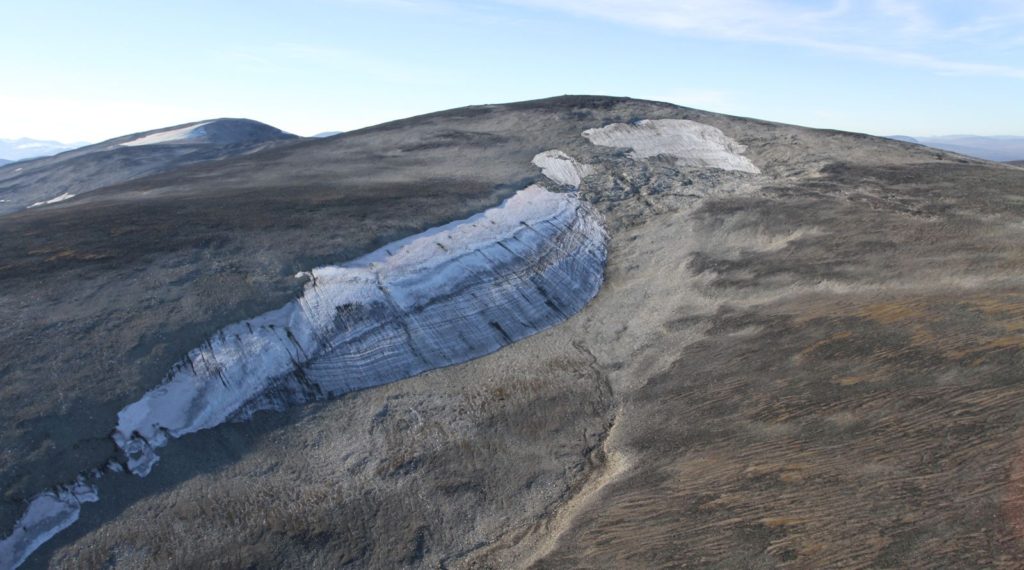
Old, dirty ice appeared, always a sign that artefacts could be melting out, as indeed proved to be the case. The systematic survey increased the total of arrows and isolated finds of arrowheads from the site to a remarkable 59. However, before we could rescue all the arrows, work was brought to an abrupt halt by a snowstorm.
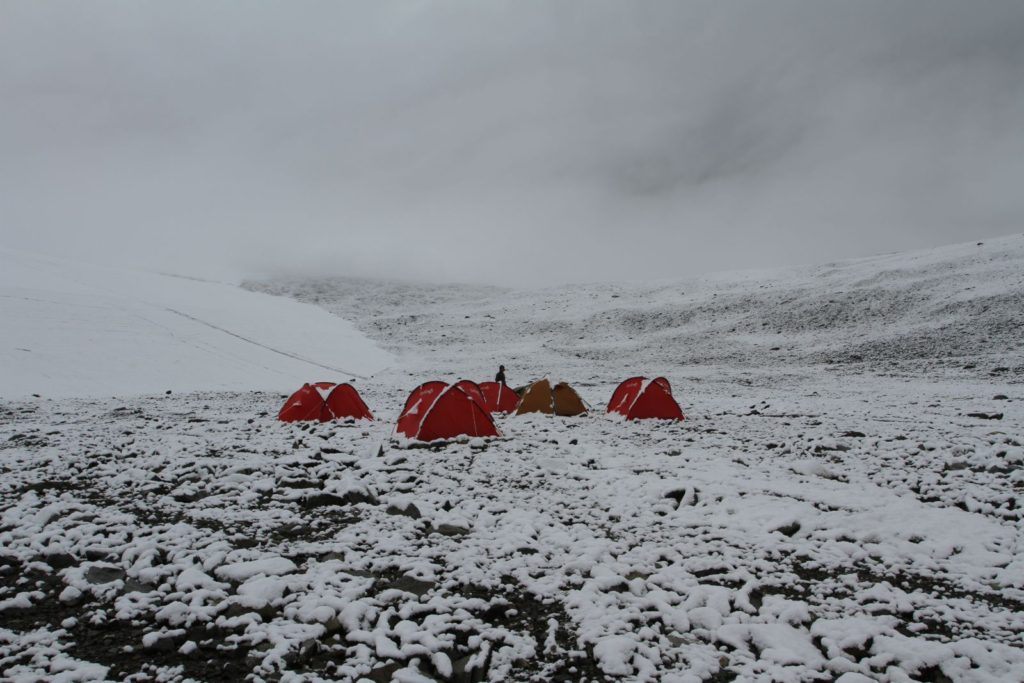
We returned to the site again last week and continued the survey, which ended so suddenly in 2014. This time it was possible for the public to follow the fieldwork through our Facebook page. We discovered an additional 14 arrows (in addition to other finds) increasing the grand total to a staggering 73. This makes the site stand out globally among the ice sites, as the one with the largest number of arrows worldwide. The arrows date from the transition between the Mesolithic and Neolithic 6000 years ago, to the Medieval Period (up to c. AD 1500).
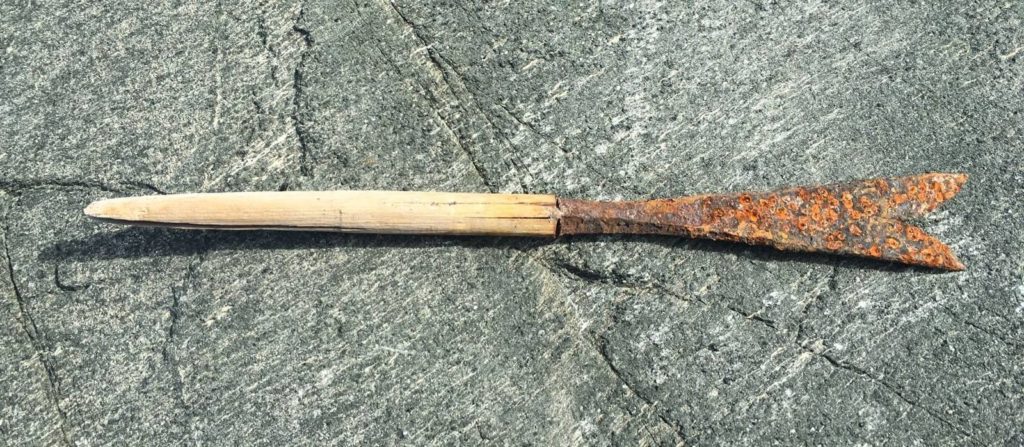
Check out when Elling lifted a stone covering one of the many arrows:
Seventeen of the arrows are from the Stone Age, i.e. they are at least 3800 years old. Watch as Julian gets surprised:
Some of the arrows were rescued as they were literally falling apart.
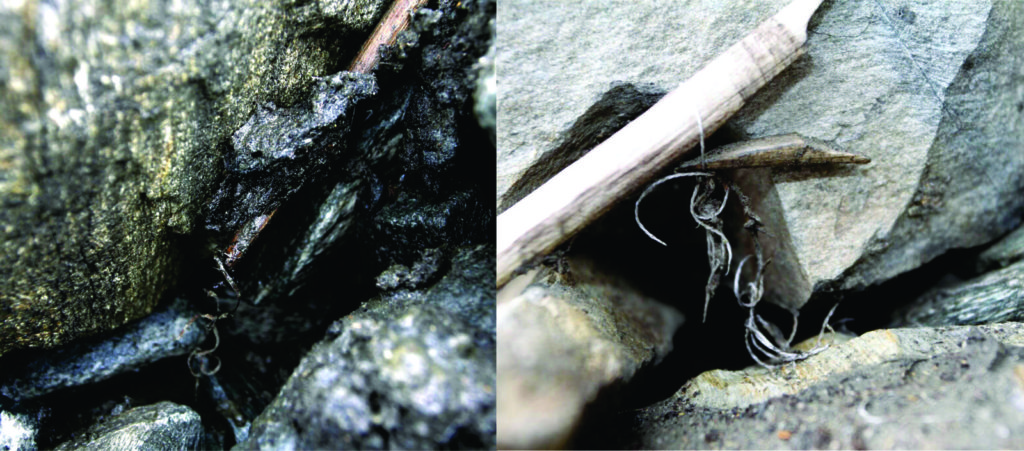
Fieldwork at the site also ended suddenly this time, as heavy rain and an approaching storm forced us to abandon the site. This is not bad luck, this is simply part of glacial archaeology.
We will continue to monitor the site during the fall to see if old ice appears again. If so, the ice may release more arrows from their ice-cold grave.
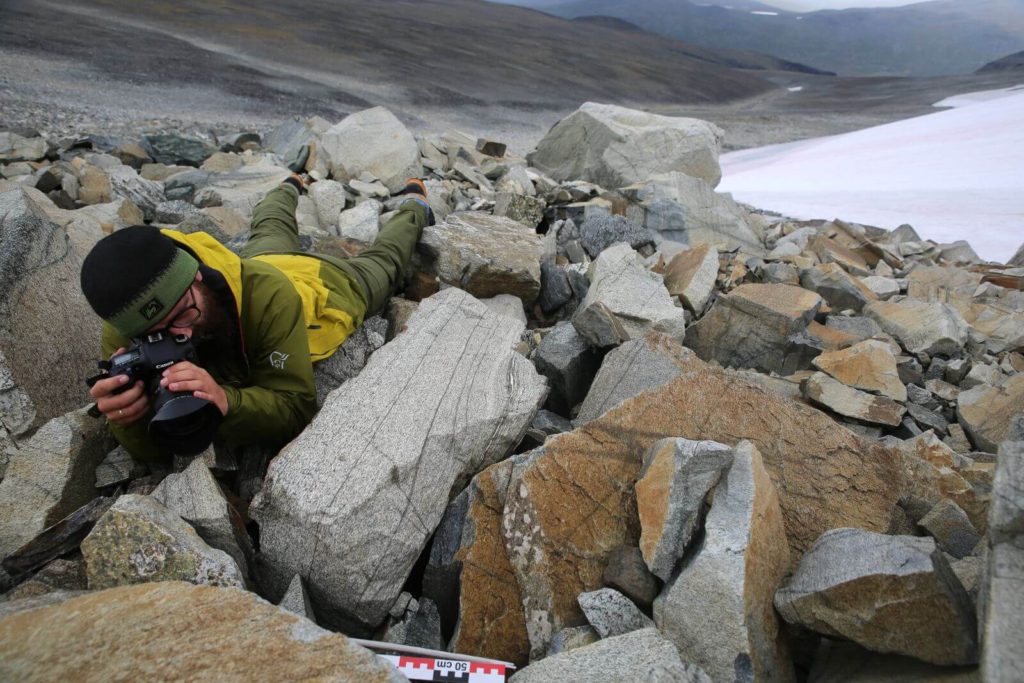
If further fieldwork takes place this year, we will bring updated information.
